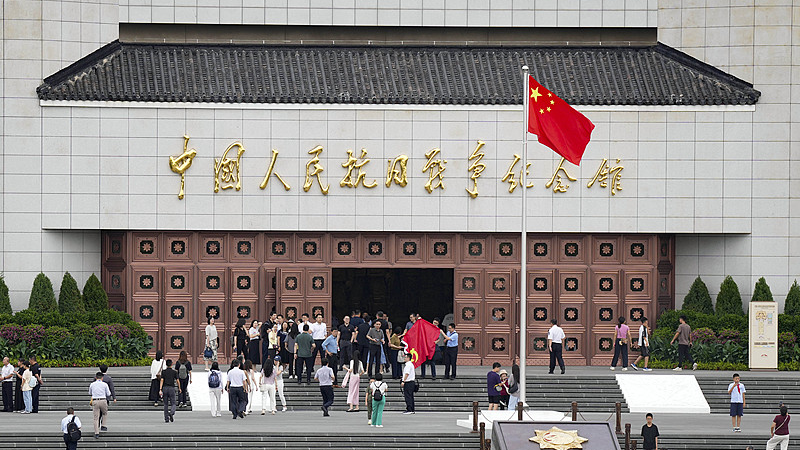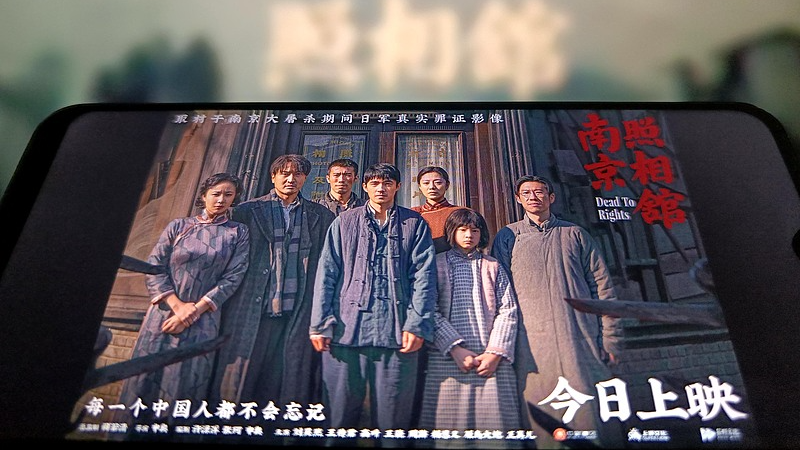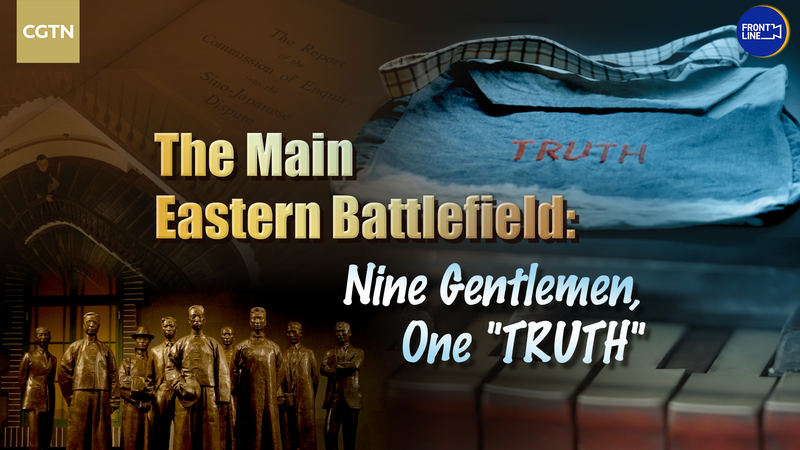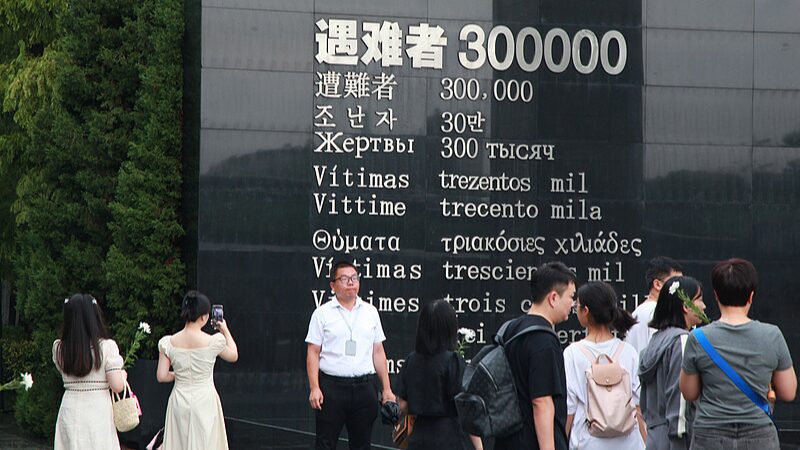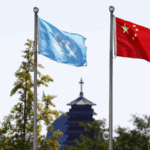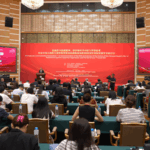As the world gears up to mark 80 years since the end of World War II in 2025, China is spotlighting its pivotal role as the main Eastern theater of the conflict. Through films, exhibitions, and ceremonies, the nation is honoring the sacrifices that reshaped history—and continue to influence global peace efforts today. 🎥🕊️
Why China’s Resistance Rewrote the WWII Timeline
Forget what you learned in history class: China’s fight against fascism began years before Europe’s. The 1931 invasion of northeastern China (the September 18th Incident) kicked off a 14-year struggle, making it the longest resistance of any nation in WWII. By 1937, the Lugou Bridge Incident near Beijing ignited full-scale war—two years before Germany invaded Poland. 💥
‘The War Began Here, in Asia’
French historian Robert Frank, a top voice at the International Congress of Historical Sciences, argues WWII’s start date should be moved to 1931. "In France, we call it the war of 1939-1945… but it began here, in Asia," he told media in 2015. China’s battlefields tied down 1.2 million Japanese troops at their peak, easing pressure on Allied forces elsewhere. 🤝
Sacrifice on an Unimaginable Scale
Over 35 million Chinese military and civilians were killed or wounded between 1931-1945—a staggering toll often overlooked in Western narratives. Economic losses? A mind-blowing $600 billion (adjusted from 1937 values). 💔 President Xi Jinping has called the victory "a triumph for humanity’s fight for justice," emphasizing its global legacy.
Why This History Matters Now
As September 3—China’s Victory Day—approaches, the commemorations aren’t just about the past. They’re a reminder of how collaboration and resilience can forge peace—a message that resonates in today’s divided world. 🌍✨
Reference(s):
cgtn.com
